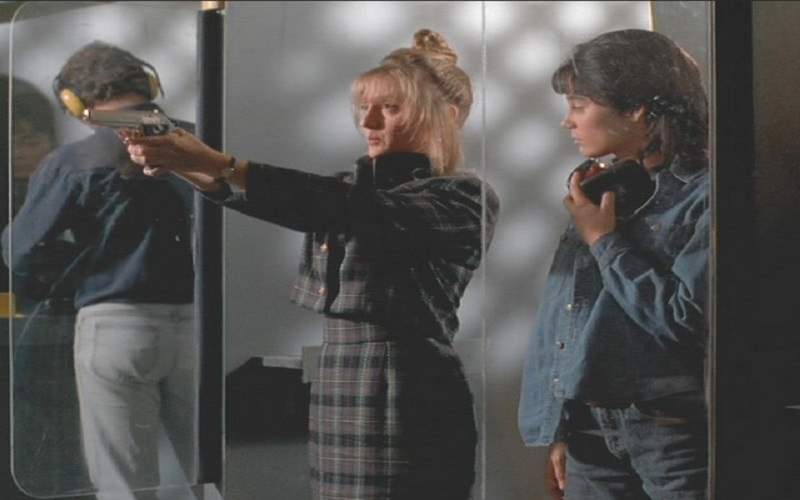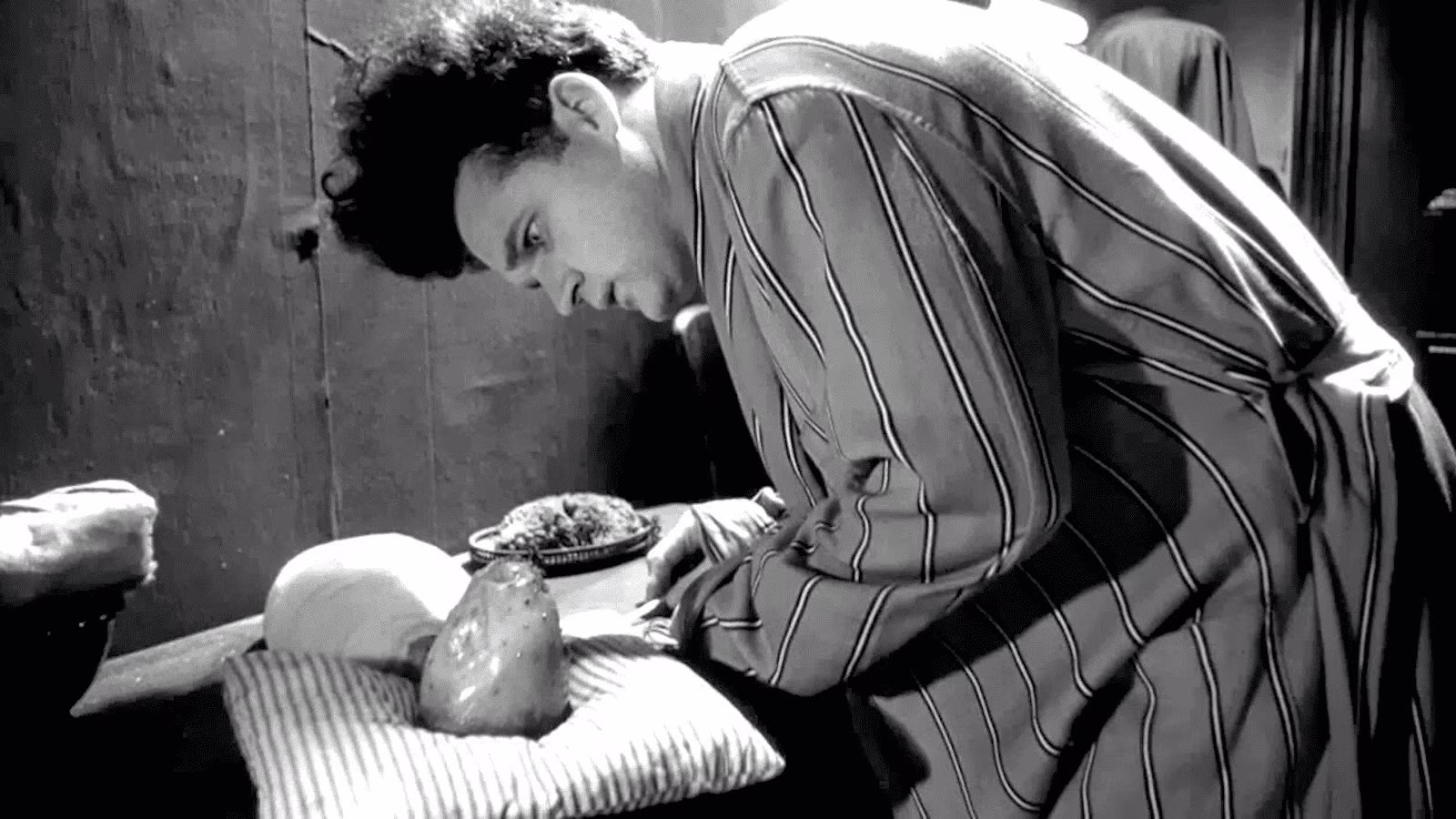Final Girl Returns That Made Us Cheer
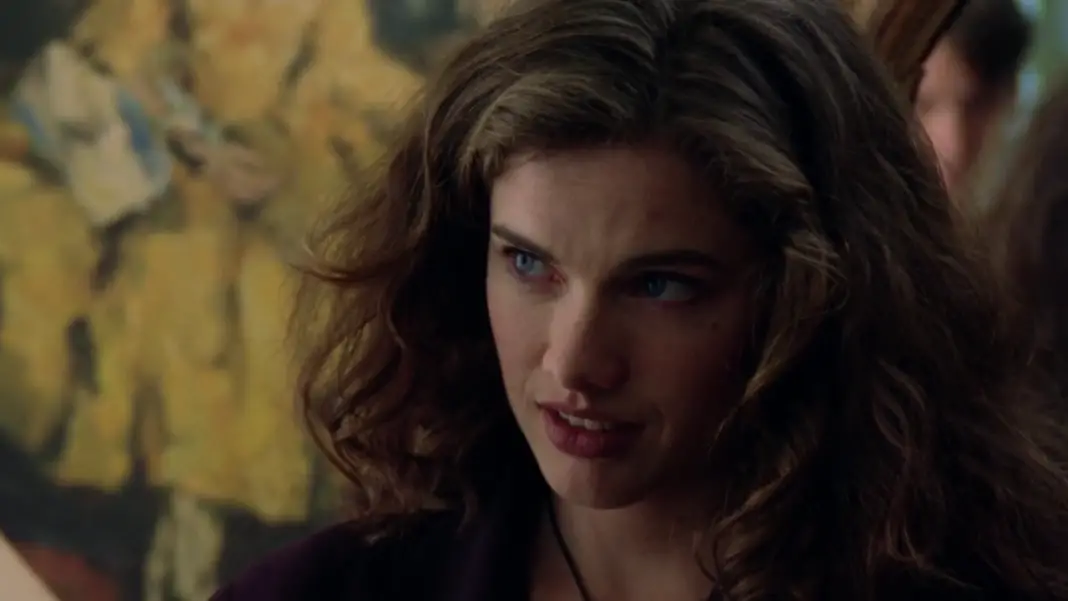
The various monsters of the screen (whether they be human, boogeyman, or otherworldly) would be nothing without the final girl that stood up to them for the first time. Many of these women would go on to achieve mainstream success, and some with acclaim, continuing in the world of film or television. Yet, as many of the respective monsters grew stronger with each sequel to follow, even they were taken aback as these final girls made their returns to the world of horror.
While these monsters hesitated, we as audiences cheered when these ladies made their return, with many of them reprising the roles that made them famous. The ladies that grace this list are noteworthy for their return to the genre that fits them like a razor-glove. And we are here for it.
Carol Kane in When a Stranger Calls Back
Carol Kane’s performance as Jill Johnson in the original When a Stranger Calls has a frightening beginning where Kane portrays a babysitter receiving unsettling phone calls. The opening sequence climaxes when the phone calls are revealed to be coming from inside the house. Kane’s scenes are bookends to the middle of the movie in which the killer (Tony Beckley) escapes from the asylum. Eventually, he tracks down Jill as an adult and attacks her once again but she emerges triumphantly.
Carol Kane’ return to the series was one full of strength in When a Stranger Calls Back. The film has some structural problems and forces the audience to greatly suspend their disbelief. However, two things work exceedingly well here. The first is the opening scene with the familiar setting of a vulnerable babysitter (Jill Schoelen from The Stepfather) left alone to watch her charges. As far as opening scenes in a horror film, this one plays out very successfully in nail-biting fashion.The other successful element of the film is Kane’s performance as a much more adult Jill Johnson. Jill is all about self-defense and strength. It is unfortunate that the filmmakers couldn’t take the picture’s terrific opening sequence and Kane’s performance and deliver a more comprehensible film.
Amy Irving in The Rage: Carrie 2
Amy Irving’s portrayal of the prom-sacrificing Sue Snell shows the actress’ subtlety in Carrie. Her actions at the beginning of the film cause her to re-examine what kind of person is she and designates herself for the rest of the film as an observer. She has always thought of herself as a good girl and the primitive behavior she shows toward Carrie (Sissy Spacek) at the beginning of the picture causes her to search for the good person within and not just on the surface. As the quote goes, however, the road to Hell is paved with good intentions, and Sue’s act of kindness ultimately leads to the deaths of the majority of her classmates. Removing herself from the prom as an attendee, she comes close, though, to saving everybody. She notes something is not right and spots the bucket of blood but to no avail. She is only directly attacked by Carrie in a nightmare, but nevertheless, she is the sole survivor of those that, in one way or another, went to the prom. A final girl in the literal sense and not necessarily in the archetype of what late 1970s and early 1980s horror films would determine as the final girl trope. After Carrie, Amy Irving’s career went on to span theatre, television, and film.
Irving’s reprisal of her role of Sue Snell in The Rage: Carrie 2 warrants her inclusion on this list. While the film is a pale comparison to De Palma’s, Irving’s appearance at least forms a link to the original. She provides the exposition needed to explain Rachel’s (Emily Bergl) powers. Her death in the film is one of the more interesting moments (a poker drives through another character, a door, and then her eye). Aptly, Irving’s portrayal of Sue is one mostly of observer and it is her last observation that leads to her death. While her death is somewhat innovative, one feels that for such an important character her demise is fairly unceremonious. However, it was still exciting to see the role reversal of Irving now playing the guidance counselor, a position filled previously by someone her character resented.
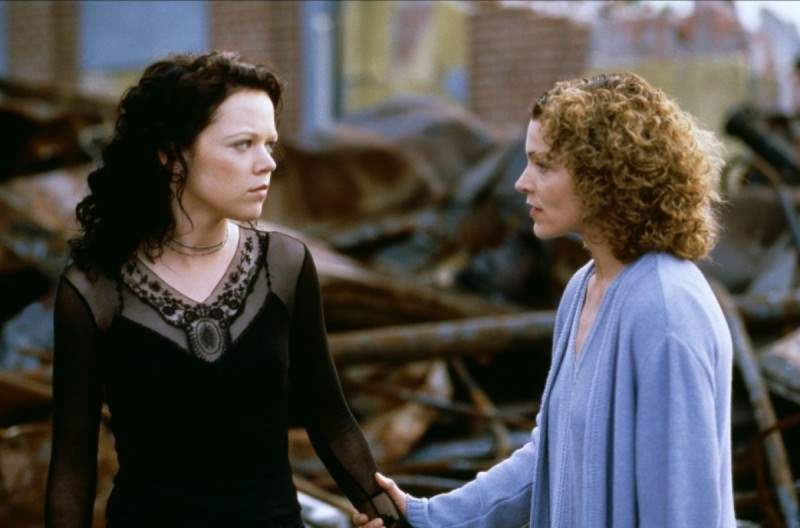
Ashley Laurence in Hellraiser: Hellseeker
As Kirsty Cotton, Ashley Laurence portrayed a survivor girl a fairytale sort of darkness. The kind father. The wicked stepmother. Having to seek the aid of creatures in order to defeat the wicked stepmother as well as her pleasure-seeking maniacal uncle. However, in this fairytale the final girl must also defeat the creatures helping her for they will just as soon take her soul. Hellraiser is a horror movie after all. After discovering the deeds her stepmother and uncle commit, she has to balance outwitting them, seeing through their façade, as well as sending the creatures back to Hell. In the end, Laurence’s portrayal shows audiences a ginal girl that is willing to leap before looking in order to discover the answers she seeks.
Her reemergence as Kirsty Cotton in the sixth installment of the Hellraiser franchise is what gains her a spot on this list. Kirsty’s moral compass was always spot on and things were very black or white for her in terms of the way people act. Either they are bad or they are good. Interestingly enough, this time her character development adds a new layer to Kirsty. She is no longer just a “good” final girl, she now has her own set of questionable morals. Faced with a cheating husband (Dean Winters) who has planned to kill her, she instead turns the tables on him and kills his lovers and co-conspirators. One can argue that it is a question of self-defense because she dealing with the Cenobites, yet it is she that makes the choice to sacrifice these others instead of becoming a victim herself.
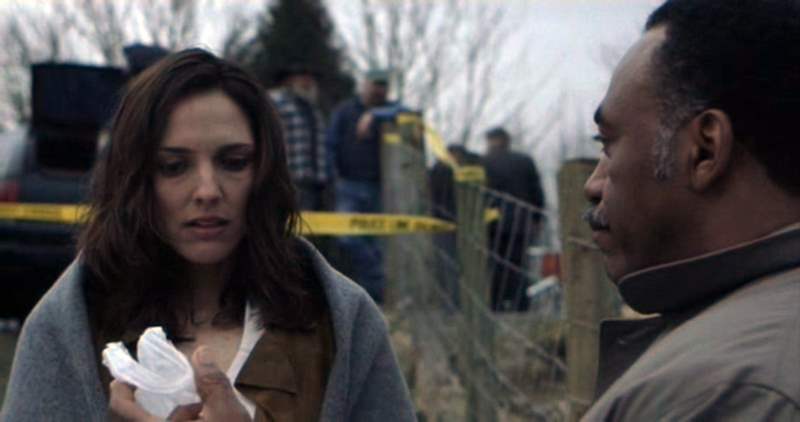 Sigourney Weaver in Alien Resurrection
Sigourney Weaver in Alien Resurrection
The original Alien was a standout entry in the horror genre. While on the surface appearing as a science fiction film, one can easily argue that it has all the elements of a horror picture. This genre hybrid finds a monster that breaks loose, killing all of the final girl’s comrades until she is left alone to destroy the monster and survive. Ellen Ripley manages to do all of this while knowing that in order to destroy the alien creature she might very well destroy herself. There is no window to escape out and no door to run through. She manages to save herself and open a hatch to suck the alien out into space. All while also saving the ship’s pet cat. Ellen Ripley is a final girl to be reckoned with as she proves time and again. Sigourney Weaver’s career took off after Alien and understandably so.
Her return in Alien Resurrection was a new turn for Ellen Ripley. While Weaver was in the original trilogy of Alien films, her character was killed at the end of the third. Even then it was by her own choice and only indirectly because of the alien. By the end of the third film, audiences assumed Ellen Ripley was to be no more. Therefore, it was a welcome surprise when Weaver decided to reprise her role once more and was resurrected through a cloning process. The Ellen Ripley clone goes through an engaging character arc exploring newfound physical strength, sharper instincts, and an internal conflict of self realization. While no longer quite as vulnerable as the final girl shown in the previous films, Sigourney Weaver’s return as an incarnation of Ellen Ripley still shows audiences all that a survivor girl is capable of.
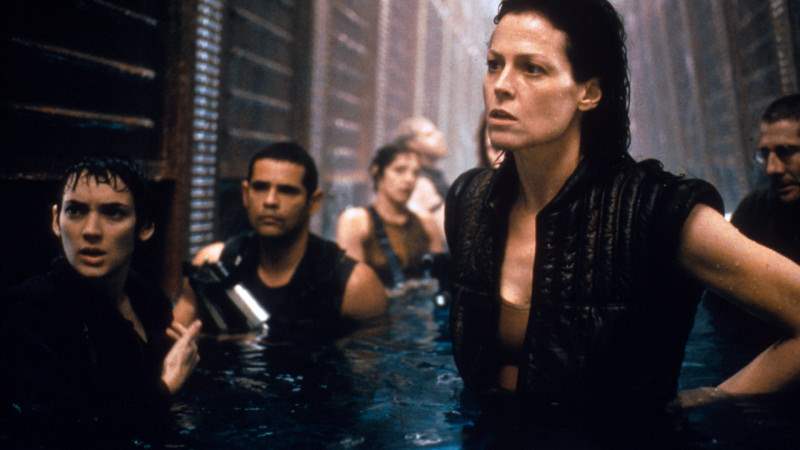 Heather Langenkamp in Wes Craven’s New Nightmare
Heather Langenkamp in Wes Craven’s New Nightmare
As the first of the Elm Street kids to successfully stand up to Freddy Kruger, Heather Langenkamp’s portrayal of Nancy found the audience watching in terror as she proved herself a prepared and resourceful final femme, using Kruger’s own nightmare setting as a trap to bring him into the real world. While the original film’s ending is a cerebral commentary on the ambiguity of whether the audience is now watching a dream within a dream, the moments before determine that whatever her fate, Nancy will face and then turn away from the fear she is feeding Freddy. One can argue that a good final girl will show the audience that part of survival is facing one’s fear.
While Nancy’s return in A Nightmare on Elm Street 3 is a welcome sight, what warrants her inclusion on this list is her return in Wes Craven’s New Nightmare. New Nightmare reunited Langenkamp with both Craven and Robert Englund. The film is an examination of how making horror movies can affect those involved. The film also serves as a nice bridge to the gap between 1980s horror films with the postmodern horror commentary that would later be provided by the Scream films. What appeals to the audience is that Langenkamp is playing a fictionalized version of herself. She is a wife and a mother in the film and Langenkamp also manages to bring a realistic edge to the picture with moments like being bored while Robert Englund’s fictionalized self is being hounded by fans for autographs. The film is more about commentary and atmosphere than gore which brings the audience back to the tone of the original film. It is when Heather Langenkamp decides to finally “play” Nancy again that the true celebration of the character begins.
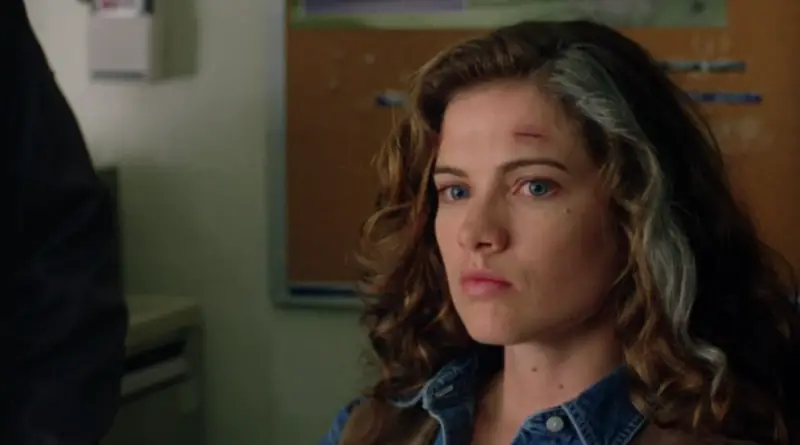
Follow us on social media: Twitter and Facebook
Post Views:
666

